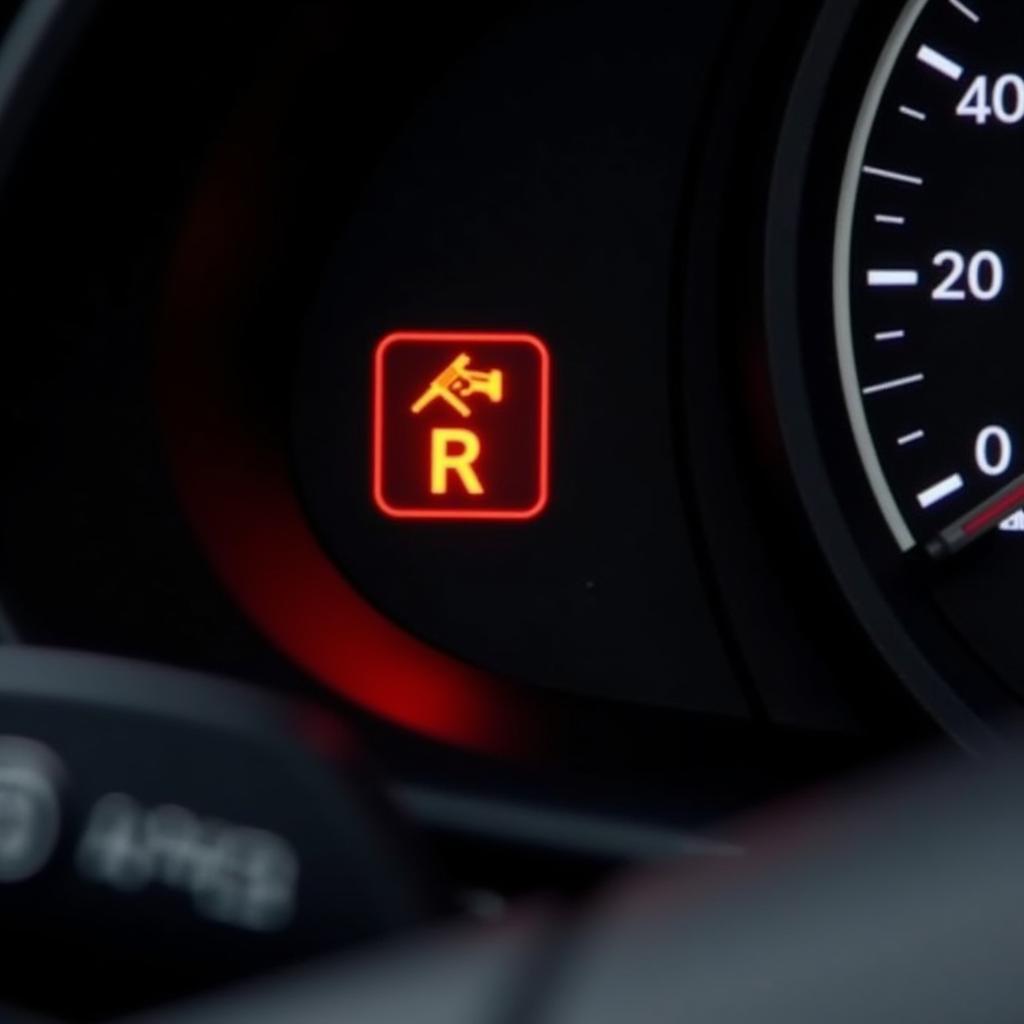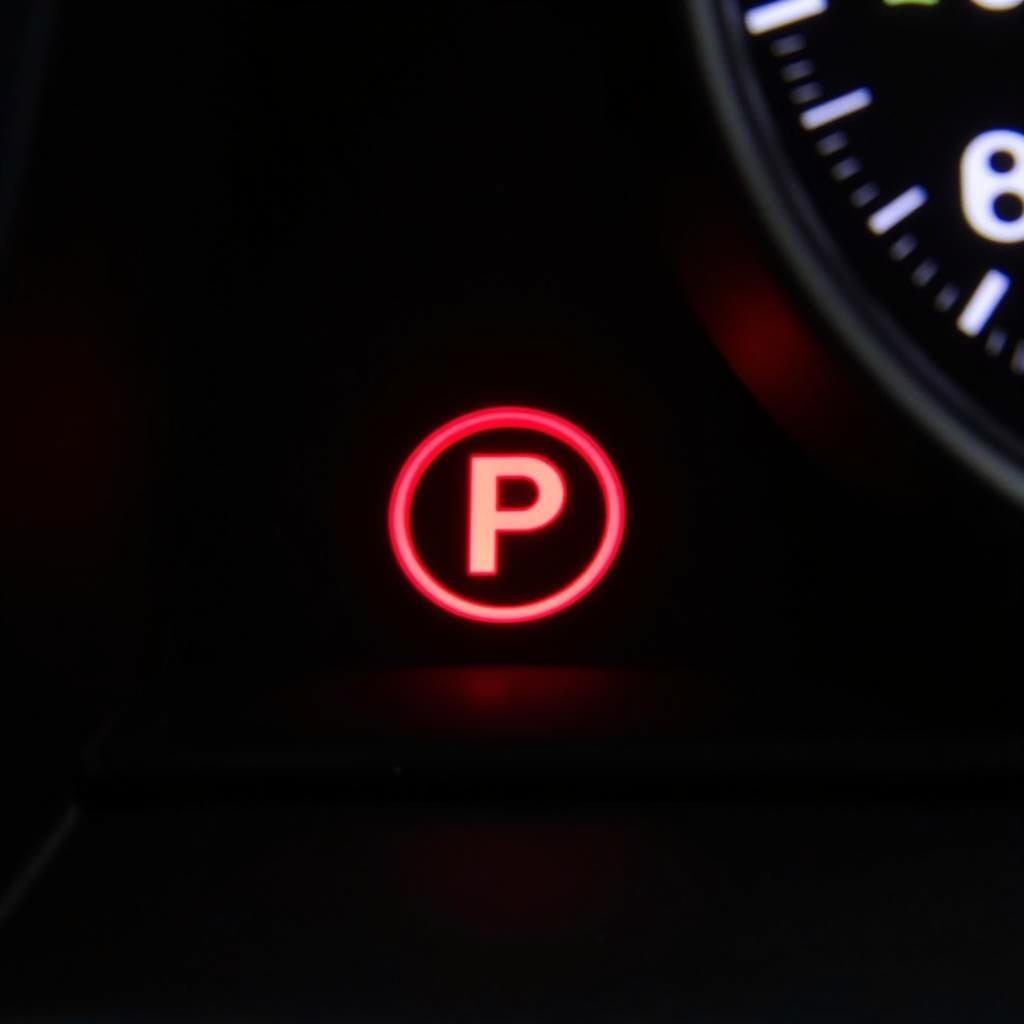The seat belt warning light is a crucial safety feature in your vehicle, reminding you and your passengers to buckle up. However, encountering a persistent seat belt warning light even when everyone is properly secured can be frustrating. This comprehensive guide will delve into the common causes of this issue and provide you with practical solutions to fix it.
Understanding Your Seat Belt Warning System
Before we jump into troubleshooting, it’s essential to understand how your car’s seat belt warning system works.
The system comprises several components:
- Seat Belt Buckle Sensor: This sensor, typically located within the buckle receptacle, detects when the seat belt is fastened.
- Seat Belt Pretensioner: In many modern vehicles, the seat belt system is linked with pretensioners designed to tighten the belt in the event of a collision. A faulty pretensioner can sometimes trigger the warning light.
- Warning Light: The dashboard light illuminates to alert you of an unbuckled belt or a fault in the system.
Common Causes of a Seat Belt Warning Light
Here are the most common reasons why your seat belt warning light might be on:
- Unbuckled Seat Belt: This may seem obvious, but double-check that all passengers, including those in the back seats, have their seat belts properly fastened.
- Faulty Seat Belt Buckle Sensor: Over time, the buckle sensor can wear out, get dirty, or become damaged, leading to a false warning light.
- Weight Sensor Issue (Passenger Seat): Many cars have weight sensors in the passenger seat to detect if someone is sitting there and whether they need a seat belt reminder. A malfunctioning sensor can trigger the light even with no passenger.
- Wiring Problems: A short circuit, loose connection, or damaged wiring within the seat belt system can disrupt the signal flow and activate the warning.
- Software Glitch: Like any other electrical system in your car, the seat belt warning system relies on software. A glitch in this software can lead to a false positive.
“In my experience, a surprising number of seat belt warning light issues stem from simple things like a foreign object lodged in the buckle,” says veteran automotive electrician Mark Stevenson. “Always start with the basics before suspecting complex electrical faults.”
How to Fix a Seat Belt Warning Light
Now, let’s explore some practical solutions to address this issue:
1. Check for Simple Issues
- Fasten Seat Belts: Ensure all seat belts are securely clicked into their buckles.
- Inspect Buckles: Look for any debris, dirt, or objects obstructing the buckle mechanism. Clean if necessary.
- Check for Loose Wires: Gently wiggle the wiring connections under the seats to see if any wires are loose.
2. Resetting the Warning Light
Sometimes, a simple reset can do the trick:
- Consult Your Owner’s Manual: Refer to your car’s manual for the specific reset procedure for your vehicle model.
- Disconnect the Battery: As a general approach, disconnect the negative terminal of your car battery for about 30 minutes. This can sometimes clear temporary software glitches.
- Reconnect Battery and Test: Reconnect the battery and turn on the ignition to see if the light has reset.
3. Advanced Troubleshooting
If the basic steps don’t resolve the problem, more advanced troubleshooting may be necessary.
- Diagnostic Scanner: Using an OBD-II scanner, you can read error codes related to the seat belt system. This can pinpoint the exact location and nature of the fault.
- Professional Inspection: If you’re uncomfortable dealing with electrical systems, it’s best to take your car to a qualified mechanic or dealership. They have the expertise and specialized tools to diagnose and repair complex issues.
“Remember,” cautions Stevenson, “while some fixes might seem straightforward, dealing with electrical systems in a car requires caution. If you’re in doubt, always seek professional assistance.”
When to Seek Professional Help
While some seat belt warning light issues can be resolved with DIY methods, here’s when you should definitely consult a professional:
- Persistent Warning Light: If the light stays on even after trying the resets and basic troubleshooting, it indicates a more significant problem.
- Airbag Warning Light: If the seat belt warning light is accompanied by the airbag warning light, it could signal a serious issue with the supplemental restraint system (SRS).
- Lack of Expertise: If you’re uncomfortable or unfamiliar with car electrical systems, it’s best to leave the diagnosis and repair to the experts.
Preventing Future Seat Belt Warning Light Issues
- Regular Inspection: Periodically check your seat belt buckles and wiring for any signs of wear and tear.
- Clean Buckles: Keep your seat belt buckles clean and free of debris.
- Address Warning Lights Promptly: Don’t ignore any warning lights on your dashboard. Address them promptly to prevent potential safety hazards.
Conclusion
Addressing a seat belt warning light is crucial for both your safety and your peace of mind. By following this guide, you can troubleshoot common causes and potentially fix the issue yourself. However, always remember that when in doubt or facing a complex problem, it’s best to seek help from a qualified automotive professional. Ensure you and your passengers are always protected by addressing any seat belt warning light issues promptly and effectively.
FAQs
1. Can I disable the seat belt warning light?
While technically possible in some vehicles, tampering with safety systems is strongly discouraged. The warning light is there to protect you and your passengers.
2. Will a seat belt warning light issue affect my car’s insurance?
It depends. If the issue is related to a faulty sensor and you can prove you’ve taken steps to address it, it likely won’t affect your insurance. However, if you ignore the warning light and get into an accident, it could affect your coverage.
3. How much does it cost to fix a seat belt warning light?
The cost can vary widely depending on the root cause. A simple buckle cleaning might be inexpensive, while replacing a faulty sensor or repairing wiring could be more costly.
4. Can I drive my car with the seat belt warning light on?
While it’s technically possible, it’s not recommended. Driving with a potentially faulty safety system puts you and your passengers at risk.
5. Does my car need to be taken to a dealership for this issue?
Not necessarily. You can take your car to a trusted mechanic specializing in automotive electrical systems. They often have the necessary expertise and equipment to diagnose and fix the problem.


